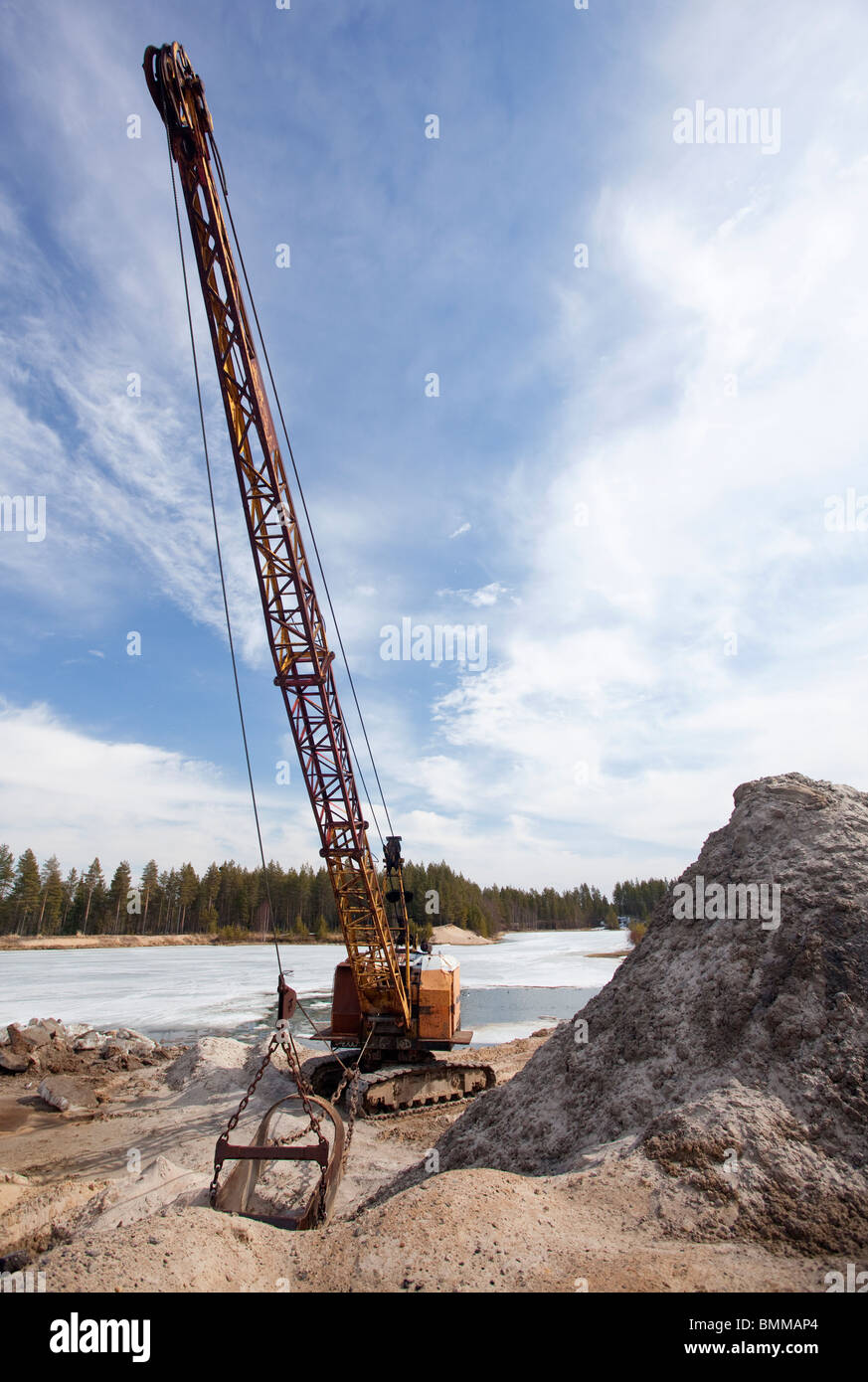
Third, after 30 to 45 days, the muck levels are re-measured. Second, the product is distributed into the muck. First, the muck is measured and the pond mapped and gridded. The process of biological dredging is very straight forward and convenient. Finally, the landscape and lawns will need to be replanted after the dredging operation is completed. The donor site will require approval from state and local authorities before the project begins. The dried muck is retained in the bags and is then collected and removed to a donor site. These bags are used to dry the muck out and allow the water to return to the pond. First, the shoreline will have large perforated bags placed on it. The process of suction dredging a pond requires several steps as well. Finally, budgeting will need to be considered to refill the pond and for landscape repair from mechanical dredging damages caused during the operation. Third, permission will need to be given for heavy digging equipment and trucks to have access to the property for removal of the sediment. This usually requires permitting from state and local authorities. Second, a location will need to be selected and approved for disposal of the removed muck. This means all the fish in the pond will need to be removed. First, the pond will likely need to be drained completely.

The process of mechanically dredging a pond requires several steps. The process of biological pond dredging is much different then mechanical and suction dredging. How does biological pond dredging differ from Mechanical & Suction? Likewise, the lack of heavy equipment keeps the surrounding turf and landscape unscathed and aesthetically pleasing. The fish, turtle, and frog populations need not be reduced or eliminated during biological dredging. Less expensive operation – biological dredging is much less expensive due to lower equipment overhead, less labor expenses and lower fuel expenses.Įnvironmentally friendly – the integrity of the pond′s environment is kept intact. Less repair costs – there will be no damage done to the turf or landscape, so there will be no repair costs incurred. Irrigation systems can continue uninterrupted – irrigation from your pond can continue, since no disruption to water flow will occur during the bacterial dredging operation. You can fully utilize your pond while this operation is occurring. Pond can still be utilized – the bacterial dredging process remains uninterrupted by fishing, boating or swimming activities. The peaceful integrity of your property is maintained.


There are no large, noisy trucks or backhoes rolling across the yard. Less invasive – due to the absence of heavy equipment and large containment bags, there are no damages to the surrounding turf or landscape.


 0 kommentar(er)
0 kommentar(er)
